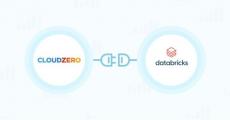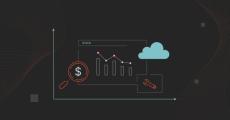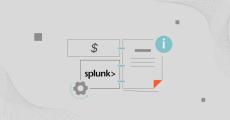- January 2025 (6)
- December 2024 (18)
- November 2024 (19)
- October 2024 (15)
- September 2024 (19)
- August 2024 (18)
- July 2024 (36)
- June 2024 (19)
- May 2024 (16)
- April 2024 (15)
- March 2024 (14)
- February 2024 (14)
- January 2024 (15)
- December 2023 (15)
- November 2023 (16)
- October 2023 (13)
- September 2023 (14)
- August 2023 (18)
- July 2023 (10)
- June 2023 (6)
- May 2023 (12)
- April 2023 (10)
- March 2023 (7)
- February 2023 (13)
- January 2023 (13)
- December 2022 (9)
- November 2022 (10)
- October 2022 (13)
- September 2022 (7)
- August 2022 (9)
- July 2022 (10)
- June 2022 (10)
- May 2022 (9)
- April 2022 (10)
- March 2022 (13)
- February 2022 (6)
- January 2022 (11)
- December 2021 (7)
- November 2021 (7)
- October 2021 (7)
- September 2021 (9)
- August 2021 (4)
- July 2021 (3)
- June 2021 (4)
- May 2021 (3)
- April 2021 (7)
- March 2021 (3)
- February 2021 (5)
- January 2021 (6)
- December 2020 (7)
- November 2020 (5)
- October 2020 (4)
- September 2020 (3)
- August 2020 (4)
- July 2020 (2)
- June 2020 (1)
- May 2020 (1)
- March 2020 (3)
- February 2020 (1)
- January 2020 (5)
- November 2019 (2)
- October 2019 (1)
- September 2019 (6)
- August 2019 (2)
- July 2019 (2)
- June 2019 (4)
- May 2019 (2)
- March 2019 (1)
- December 2018 (3)
- November 2018 (4)
- October 2018 (5)
With CloudZero you get insights about your applications and systems, helping you manage operations at a scale that you’ve never had before. Our platform provides you with insights about every piece of your system, including the real cost of resources, resource utilization, reserved capacity and cost center efficiency.
With the accurate and trusted data provided by CloudZero you can minimize or eliminate under utilized resources, visualize costs for easy comprehension and oversee the entire software lifecycle. Nothing is out of view when using CloudZero’s Observability platform. From regional views to individual resources, you have insights at every level to help you keep your systems running smoothly.
How do we do it?
- Collect and Normalize: CloudZero’s platform starts by collecting the data from your CloudWatch, CloudTrail, VPC Flowlogs, Lambda Data Events and Billing Data from every AWS account you connect. This part of the platform is isolated in its own account for security and has read-only access to the accounts you connect.
- Populate the Stream: All of the data collected is normalized and the events, resources, statistics and billing data are organized into data streams which allow our platform to perform real-time analytics on all the data collected.
- Find Meaning: Our algorithms take in the normalized data and perform complex analytics sifting through all the data to filter noise and enhance signal. We use Machine Learning on a large scale to learn what is valuable to surface.
- Visualize Everything: The application provides opinionated visualizations of the insights determined by the platform’s AI. From regional system maps to single resources to cost of service broken down by team, CloudZero’s platform provides true observability to everyone in your organization.
Observability for Everyone. Add cost as a first-class metric and understand the financial effect of operational decisions.













